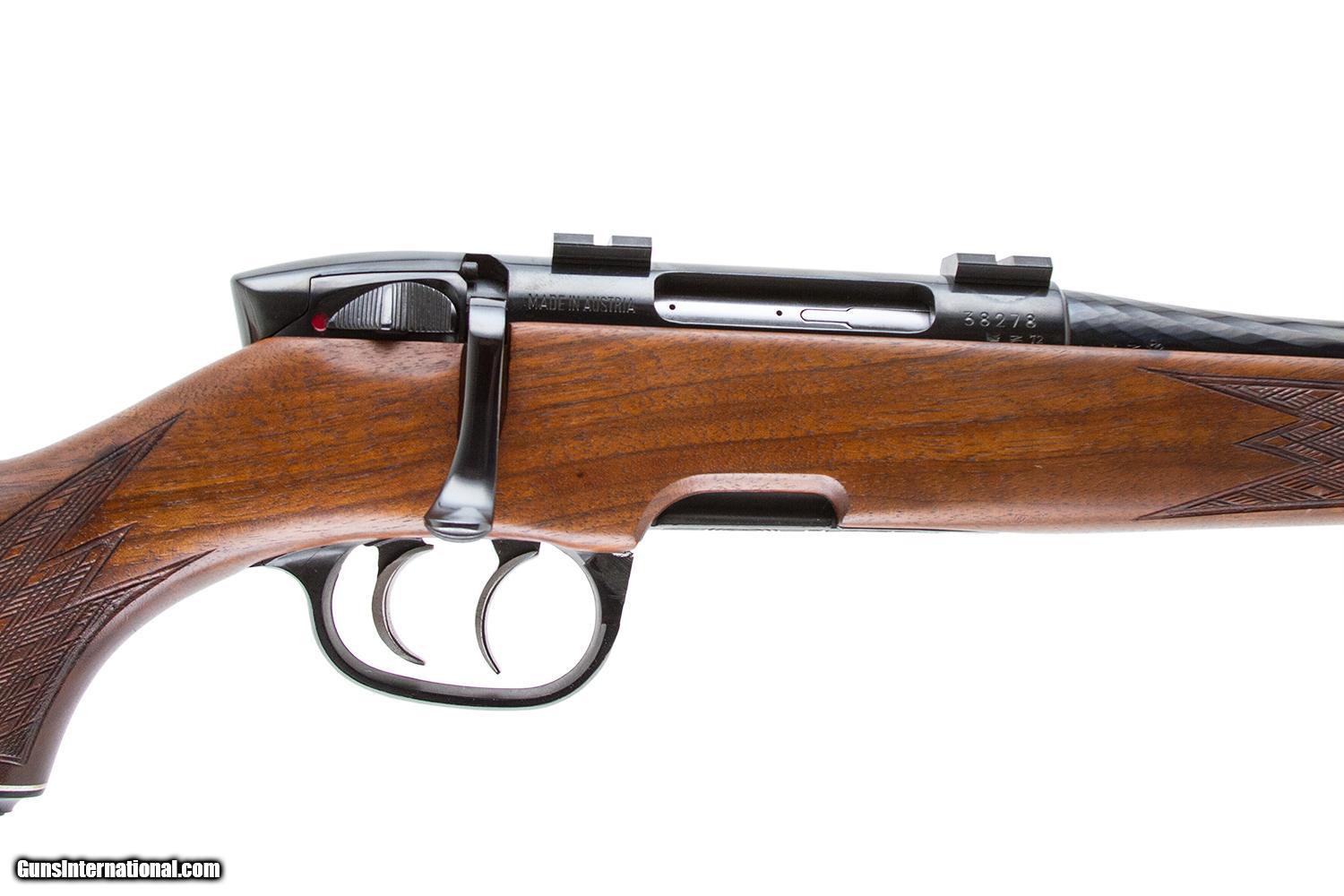
The condition of the Model 1908 was pretty good for a rifle made nearly a century ago. The box didn't list a velocity, but Cartridges of the World gives the velocity as 2,165 fps. A handwritten note read simply "8x56," and further confirmation came via a box of Western cartridges marked "8x56 m/m Mannlicher-Schoenauer Model 1908." The cartridges were loaded with 200-grain softpoint Lubaloy bullets. Rifles of the World indicates the Model 1908 was chambered in "an 8x56mm (Austrian) and, apparently, an 8x57mm (German) chambering appeared." However, other sources state the rifle was chambered only in 8x56 Mannlicher-Schoenauer.Ī couple of items that came with the rifle suggested mine was chambered in 8x56. The book also says the Model 1908 was chambered in 7x57 and 8x56 Mannlicher-Schoenauer. Haviland's rifle had no shortage of alterations, but one good one was a Marble front sight with gold bead. Gun Trader's Guide described the Model 1908 as having double-set triggers, full-length stock, rotary magazine and trap buttplate- although a former owner had replaced that buttplate with a ventilated recoil pad.

STEYR." The last two numbers of a series of numbers on the bottom of the barrel at the breech indicated the rifle had passed through the Vienna proof house in 1920. On top of the receiver ring was printed "Made in Austria" and the words "Mannlicher," Schoenauer" and "M.1908." On the left side of the receiver was printed: "OESTERR WAFFENFABRIK GES.

The thin fore-end of the full-length stock pointed the rifle like a wand casting a spell. The bolt glided back and forth like it rode on oiled air, and its lugs seated with a tight fist. Yet beneath the chops and changes, the splayed head of the flat bolt handle at the middle of the rifle's receiver and rotary magazine identified it as a Mannlicher-Schoenauer.

The rifle had obviously suffered the abuses of alterations.


 0 kommentar(er)
0 kommentar(er)
